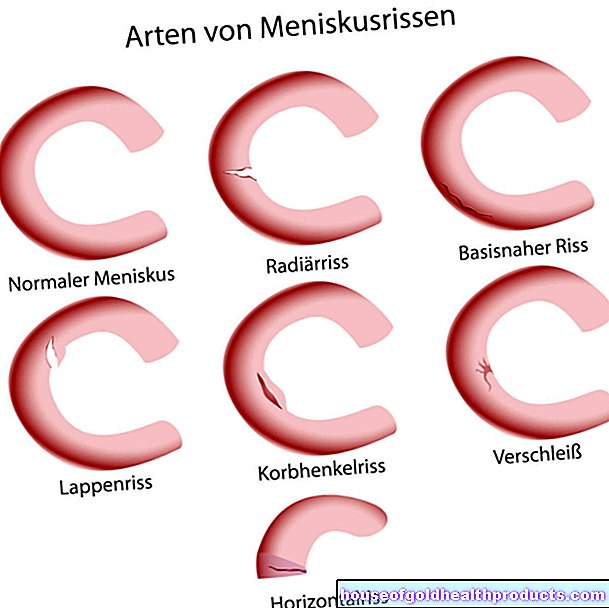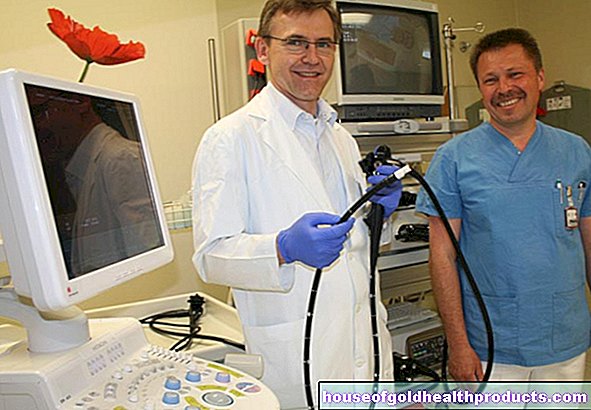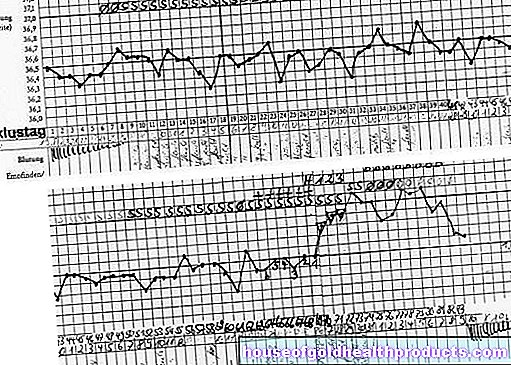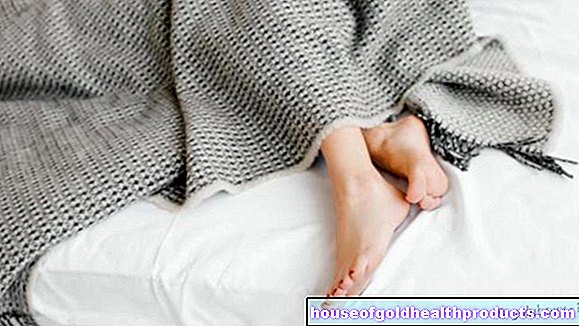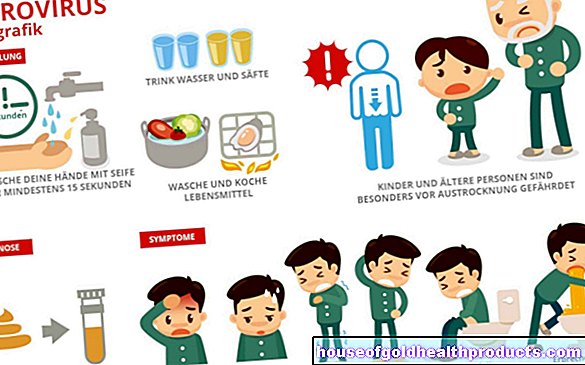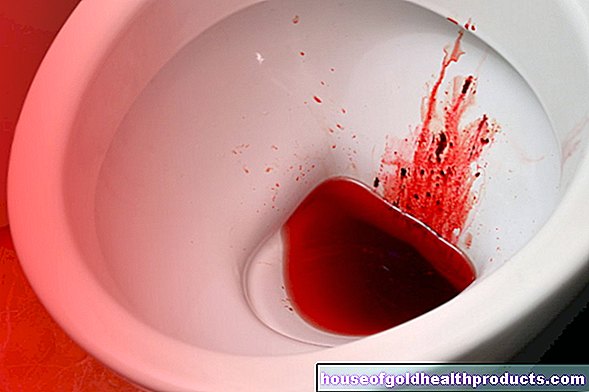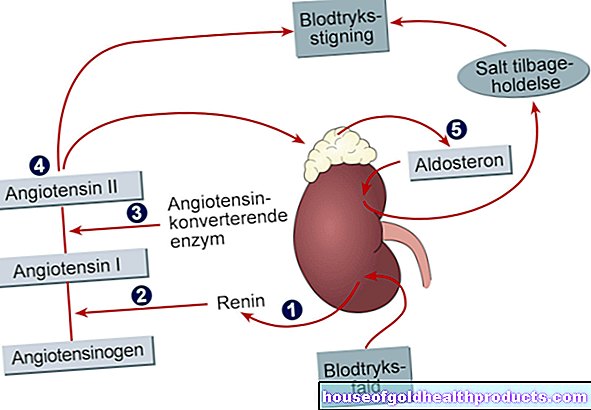Emmert plastic
All content is checked by medical journalists.The Emmert-plasty is the standard surgical procedure for the treatment of ingrown nails. It is also known as a nail wedge excision. The ingrown nail edge is surgically removed. Read everything about Emmert plastic, when it becomes necessary and what risks it entails.

What is an Emmert sculpture?
An Emmert plastic, also known as nail wedge excision, is a surgical procedure used to treat ingrown fingernails or toenails. The surgeon removes a small tissue wedge, which consists of the ingrown nail on the side and the adjacent part of the nail bed. This is intended to narrow the nail root so that the nail that grows back is also narrower and does not grow in again.
In the meantime, the Emmert plastic is largely being replaced by so-called phenolisation, a variation of the Emmert plastic in which only a piece of nail and not the nail wall is removed. Compared to the Emmert plastic, the phenolization lessens the re-ingrowth of the nail.
When do you perform an Emmert plastic?
The nail bed becomes inflamed as the nail grows into the nail wall. The permanent irritation of the tissue also makes it prone to infection. Causes of an ingrown nail can be:
- Nail deformation in stunted growth
- Nail care mistake
- Incorrect footwear (too tight or too pointed)
- Hereditary disposition
What do you do with an Emmert plastic?
The toenails and fingernails are made of horn and are about half a millimeter thick. They lie in the nail bed and are anchored in the tissue via the nail root. The side of the nail is surrounded by the nail wall, a fold of skin also known as the nail fold. The nails grow about 0.1 millimeters per day. The nail contains neither blood vessels nor nerves, which is why you don't feel any pain there.
Before the operation
The operation is carried out under local anesthesia (conduction anesthesia). To do this, the nerves supplying the toe or finger are switched off by injecting a local anesthetic into the surrounding tissue. To avoid major bleeding, an inflatable cuff is placed around the finger and inflated in such a way that the blood vessels supplying it are squeezed off.
Emmert-Plastik: surgical procedure
The doctor uses a small knife to separate the side of the nail (about a fifth of the nail) on the affected side from the surrounding tissue. After loosening the pressure cuff, the blood flows back into the finger. The doctor then presses on the wound area for a few minutes with a sterile compress to stop the bleeding. The wound in the area of the nail wall is not closed with a suture, but can heal open under a bandage.
What are the risks of an Emmert plastic?
Although nail wedge excision is not a severe procedure, complications can arise:
- Bleeding, possibly with bruising
- Wound healing disorders
- Infections
- Renewed ingrowth of the nail
- Aesthetically unsatisfactory scarring
- Split nail formation and renewed operation
After the operation, slight sensory disturbances in the toe or fingers may occur, but these usually subside after a short time. This is because small skin nerves are sometimes cut during surgery.
What do I have to consider after an Emmert plastic?
After an Emmert plastic surgery, you usually do not have to stay in the hospital and can go home immediately after the procedure. There you shouldn't put any weight on the operated leg or arm for the time being. On the day after the operation, you can carefully change the dressing and renew it every two to three days until the second week after the operation to avoid infection of the wound.
Keep the wound clean and avoid contact with shampoo or dishwashing water. Showering is allowed after two days. Your doctor will prescribe an analgesic medication to relieve pain after the procedure.
Emmert-Plastik: duration of healing
Your hand or foot will be fully usable again no later than three weeks after the Emmert plastic. Your nail fold will also regenerate after two to three months.
Tags: news toadstool poison plants pregnancy


